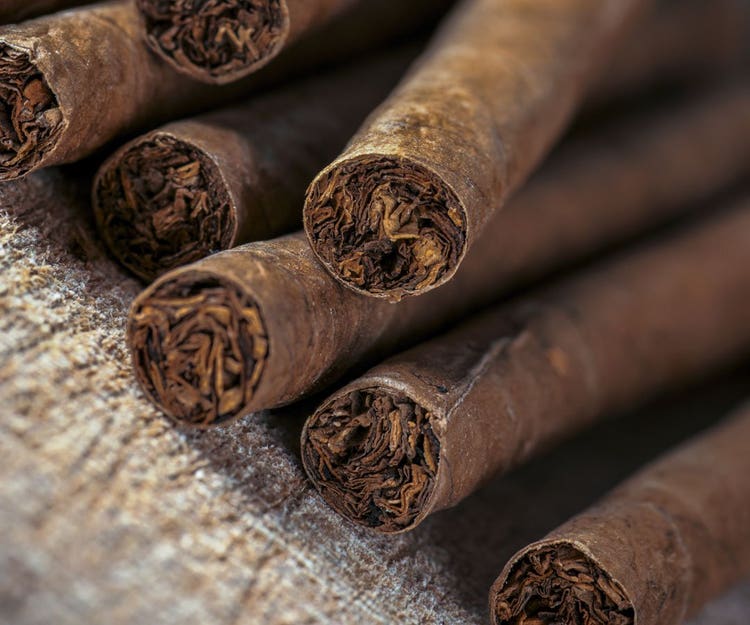
Are “dark natural” and “maduro” one in the same?
Q. Is a dark natural like the natural leafs just darker, or is it more of a maduro type.Will it be oily like a maduro?Just purchased some of the Olor Fuertes and think they taste great,but when someone asks me if its a maduro, I don’t really know what to tell them. Your clarification would be a lot of help to me.
Thanks,
Ed S.
A. Great question. The answer is “yes” to both. More specifically, Maduro means “ripe” in Spanish. This “ripeness” comes as a result of permitting the leaf to soak up more sunlight, which also makes it much darker. It also has to do with the curing process in terms of getting the wrapper to the desired color. Because of the extra sunlight, the wrapper tends to be oilier in nature, as well.
“Dark natural” has more to do with the leaf itself, by way of its seed. Many dark natural leaves have had additional sunlight, too, but are not necessarily Connecticut Broadleaves, which are the most commonly used “maduro” wrappers. The Olor Fuerte has a Honduran “Talanga Cubano” wrapper which was cultivated in Honduras from a Cuban seed, and is naturally darker in color – even a bit reddish, for that matter.
Oiliness, hue, texture, and especially flavor, come more from the way the master blender ferments and cures the leaf after harvesting in combination with the amount of sunlight they feel is appropriate for that particular leaf. Of course, this is also a result of lots of experimentation that can take months, even years.
So, you could tell your friends it’s a “dark natural,” but if you said “maduro,” in the literal sense of the word you would also be correct, even though the Talanga Cubano leaf is somewhat lighter than most maduros.
According to Perelman’s Pocket Cyclopedia of Cigars, if you really wanted to be accurate and impress your friends, you would call the Talanga Cubano wrapper a “Colorado Maduro” which is defined as “a color associated with leaves like African Cameroon, and Cuban-seed leaves grown in Honduras and Nicaragua.”